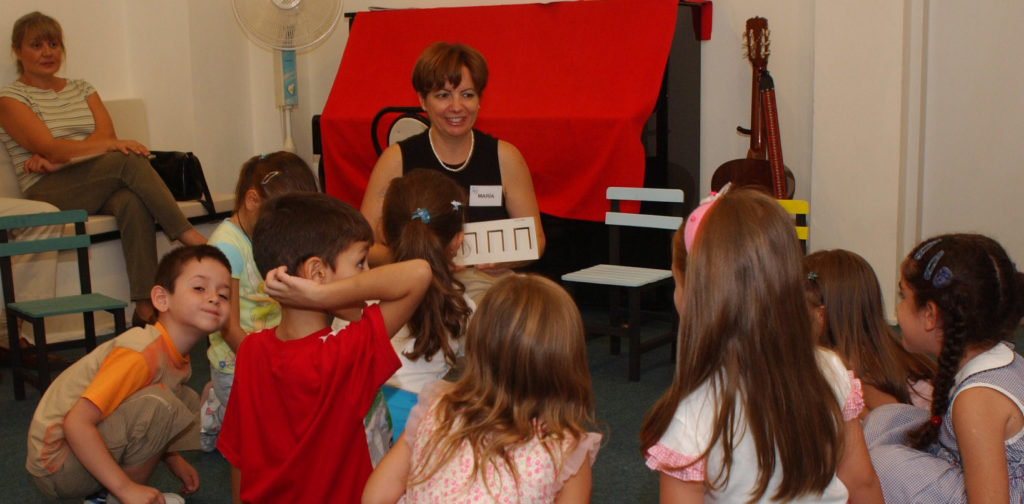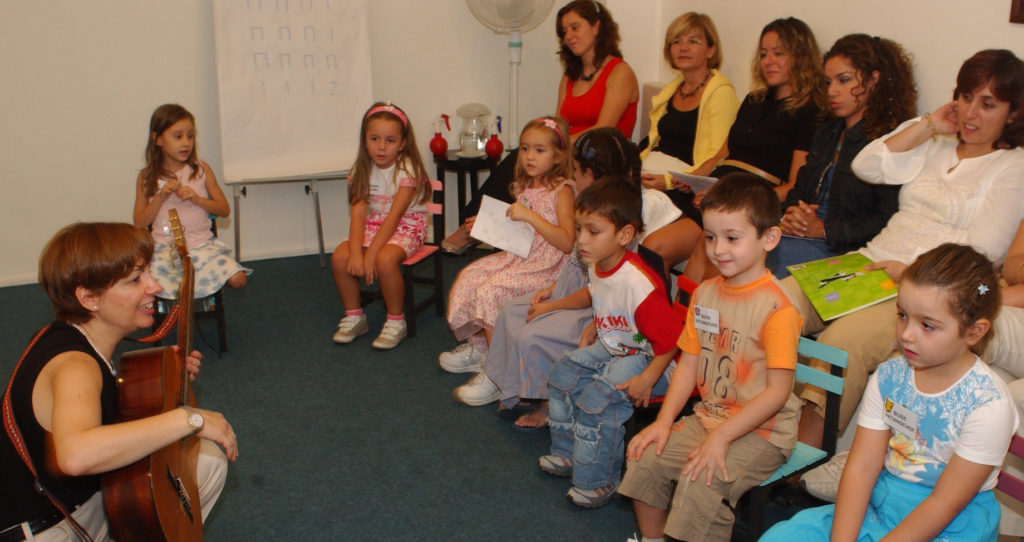Kodaly EDUCATIONMusical Instrument Education
This approach to music education was developed by the Hungarian musician and educator, Zoltan Kodaly (1882-1967). The internationally recognized Kodaly approach to Music education is a method which is applied in our school and one which has been included in the national curriculum in England and Hungary. This method can be used with children from birth on, throughout elementary school. Specially prepared songs and games are used with the specific objective of teaching music literacy through internalization and fun.

The method through which we learn our mother tongue is used in the Kodaly Method to teach music. We all learned our mother tongues naturally through hearing and speaking it; the Kodaly approach advocates that the same method applied in music education influences learning.

Learning how to play a musical instrument requires spending time with the instrument, learning the technical and theoretical qualities, and practicing at home. This is quite a challenge for a young child. Alongside this, certain concepts which adults are well-acquainted with (mathematics,directions etc.) are difficult concepts for children to grasp. Therefore explaining theories of music to children is a challenge. In Kodaly’s method, children are introduced to these concepts through song and dance, and soon it becomes second nature to them. Kodaly’s method makes it possible for music education to be part of a child’s natural world.Thus, children develop a lasting, close bond with music.
Main concepts such as rate,rhythm skills,voice education etc. which play a key role in music education are taught to children in such a way that they are implemented in the child’s subconscious. Alongside group songs, children are encouraged (with specially devised games) to sing alone. Discussion takes place about the qualities of the music. These games focus on teaching the key concepts of music through fun, enabling the children to stay focused and pay attention as they learn.
When the student actually takes up an instrument, the main concepts and even the music will be notated. Having the more advanced knowledge of qualities such as rhythmic coordination, they can therefore concentrate more on the technical properties of the instrument.
The lessons are held for half an hour a week in classes consisting of the same age group. It is mandatory for one of the parents to attend these lessons with the child. The purpose of this is for them to guide the student when the songs and games are repeated at home, and also for music to be shared as a family event.
The Kodaly Method in Music Education began in our school in the 1998-1999 school year. Maria Rita Epik had begun researching this approach in 1997, and reached the decision to start the program upon completion of her training in England at the Kodaly Academy.
